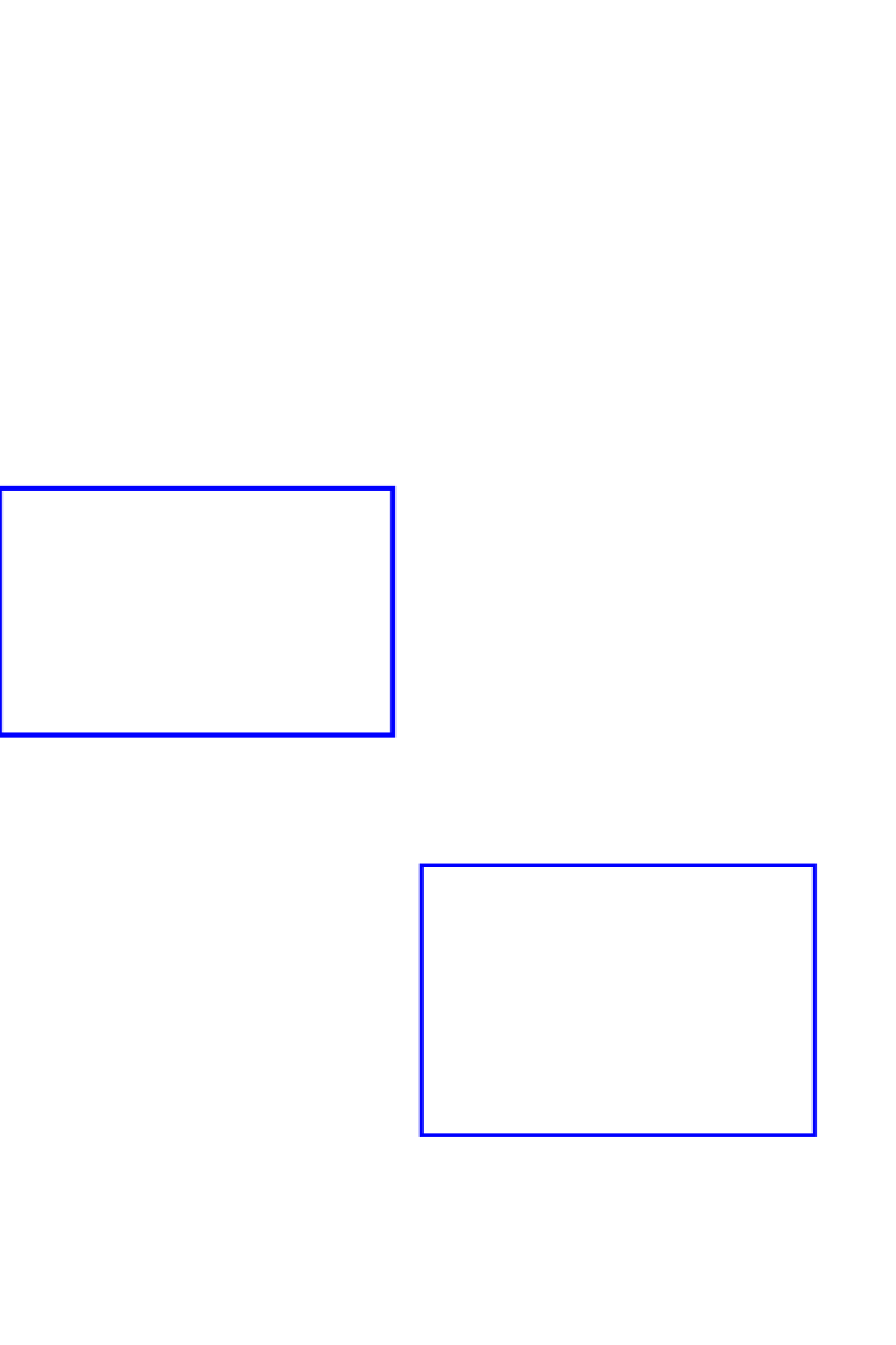Environmental Engineering Reference
In-Depth Information
Table 3. comparison between estimated and measured
settlement.
reduction in slope of the stress-deformation curve,
which might possibly be due to the breakage of
the structure of the particles (reduction of intra-
granular or vacuolar porosity).
The materials that fill the bottom of “la
caldera” are characterised by their low density,
which is due to their high intergranular and intra-
granular porosities. Values of isotropic collapse
pressures have been set out for lapilli-sized pyro-
clasts (serrano et al. 2007) that vary between 0.8
and 11 MPa. once the material resistance has been
exceeded, its collapse takes place and its mechani-
cal properties degrade to values similar to those of
soils with equivalent density. This change brings
about a significant reduction in volume.
When these materials are altered, their skeleton
loses its structure under small loads. This hypoth-
esis appears to be corroborated by analysing the
ground granulometry before and after the load
is placed. Grading curves for materials from the
foundation of the basin show 12% of fines con-
tent, specifically in the tests carried out on the
material from the foundation of the load embank-
ment (cc10+sc12) which turned out not to be
plastic with a percentage of fines not exceeding
12%. once the material had been subjected to the
loading process, three tests were carried out (c-5,
c-6 and c-7) showing an increase in the fines con-
tent (60% with a maximum value of 92% and a
minimum of 21%). They also showed an average
plasticity index of 14.
The yield pressure or pressure of initial collapse
(σ
c
) deduced for the materials of the embankment
foundation in this test is just under 70 kPa. For
higher pressures, settlement owing to the collapse
of particles is significant, and results in substantial
reductions of volume.
in addition to instantaneous settlement, a deferred
settlement occurs due to the rheology of the parti-
cles of the foundation materials. an analysis—in the
Project
estimate
adjustment after
trial preload
Thickness
of layer
(m)
e *
(MPa)
settlement
(cm)
e **
(MPa)
settlement
(cm)
layer
layer 1 5
3.00
27
3.00
27
layer 2 5
5.00
16
6.00
13
layer 3 10
20.00
8
14.00
11
layer 4 10
30.00
5
14.50
11
layer 5 10
30.00
5
47.50
3
instantaneous settlement
56
66
Deferred settlement/creep 5.6 *
(3)
22 *
(4)
Total settlement
62
88
* e, moduli deduced from standard penetration tests
(sPT) and dynamic penetration tests (DPsh).
** e, pressuremeter moduli obtained from first loading.
*
(3)
Post-construction settlements due to creep (10% of
instantaneous settlement).
*
(4)
Deferred settlement due to creep (33% of instantane-
ous settlement).
Figure 6.
Results obtained from the trial embankment.
5.2
Analysis of the results
as can be seen in Figure 7, the stress-deformation
relationship is not lineal, but varies with the load
value, as indicated by the break in the slope pro-
duced at a vertical pressure of 70 kPa.
During stoppages due to staff rest periods in
weekends there was a settlement of the founda-
tion without any increase in the load. Following
this rest period there was an increase in the slope
of the stress-deformation curve, which could be
likened to the effect of a pre-consolidation pres-
sure, which means that the stress-deformation
relationship also depends on how long the load
is applied.
Under vertical pressures below 70 kPa, where
the stress-deformation relationship is equivalent to
that of the unloading phase, the ground behaves
in an elastic way. at a stress of 70 kPa there is a
Figure 7.
stress-deformation relationship of the supporting
ground.




















